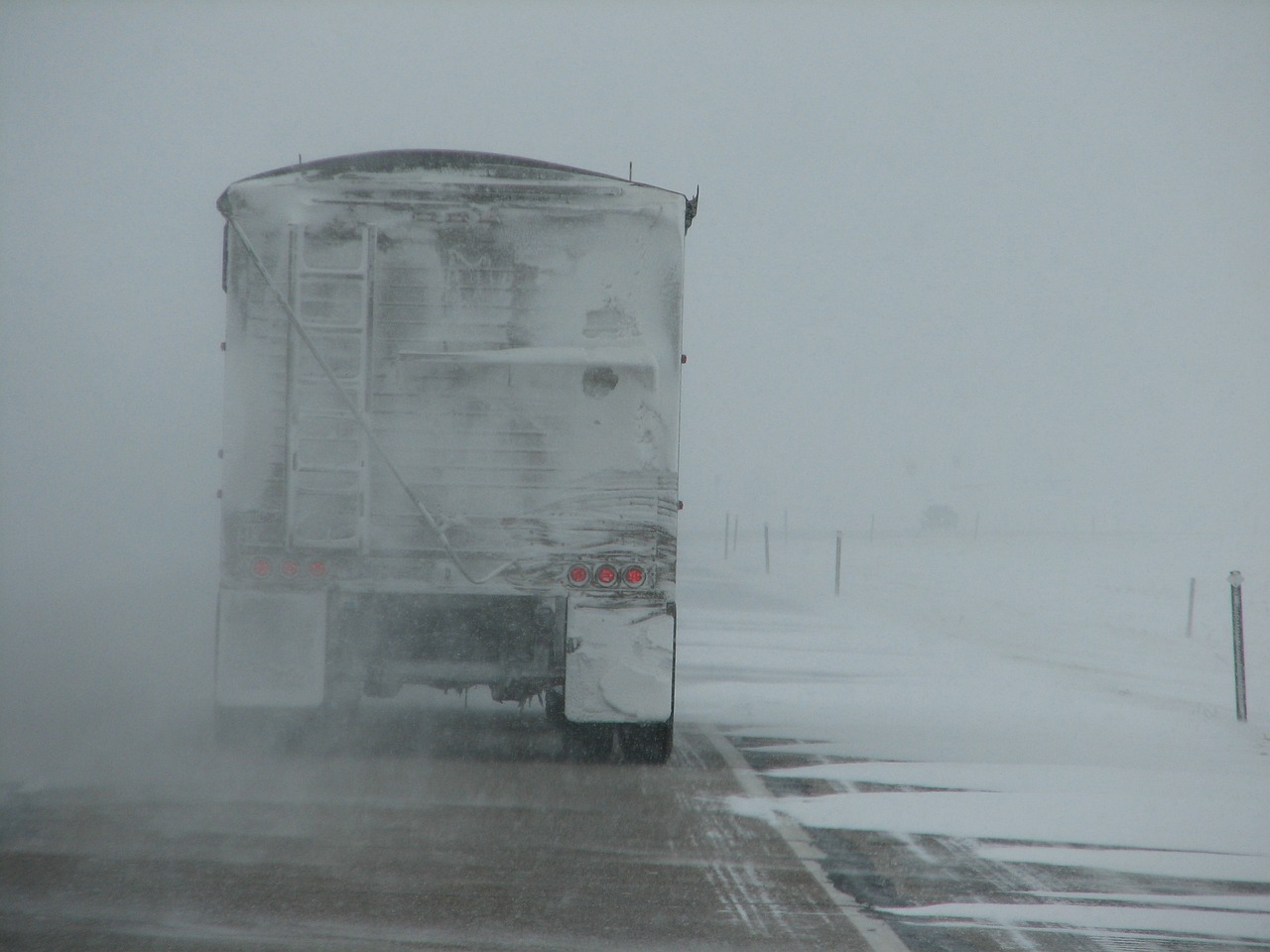The Challenges Cold Conditions Present TBR Tires
Truck and bus radial (TBR) tires are designed to stand up to a wide range of demands, such as heavy loads, high speeds, and long operating hours. Another challenge facing TBR tires is the conditions in which they work—for example, freezing-cold temperatures. By establishing a consistent cold-weather maintenance program and investing in application-specific tires, fleet owners and owners/operators can mitigate the risks that temperatures below 45°F present to their tires—the temperature where they begin to lose their elasticity—along with improving productivity, safety, fuel efficiency, and return on their investment.

Out in the Cold: TBR Tires and Winter Weather
Fleet managers overseeing tires working in frigid climates should pay close attention to how the temperature affects the performance of their tires. Freezing weather wreaks havoc on tire pressure, makes maintenance unpleasant, and offers a handful of other tests to TBR tires.
Inflation Pressure in Extreme Cold
Proper inflation pressure is critical to the performance and longevity of tires running in all types of temperatures, including icy winter weather. The air inside a tire helps carry the load of the vehicle and its cargo, is responsible for supporting the load, absorbs shocks and jolts, helps a tire maintain its proper shape, and ultimately enables it to dissipate heat along with avoiding a host of other issues.
When the ambient temperature drops, so does the air pressure of tires, making it very easy to run them underinflated. Running on underinflated tires puts more rubber on the road (increasing rolling resistance as well as the chance of hydroplaning on wet roads) and creates additional flexing in the sidewall, both of which lead to more tire-destroying heat than properly inflated tires; this is true even in the coldest conditions. According to the Technology & Maintenance Council of the American Trucking Association (ATA), a constant 20% underinflation in a commercial vehicle tire increases tread wear by 25% and reduces a tire’s lifetime by 30%.
Overinflation presents its own set of issues to tires operating in winter temperatures. Overinflated tires don’t produce a proper contact patch, which impacts how they interact with the road surface. This negatively influences the tire’s ability to produce traction and brake while also causing irregular and rapid wear, affecting everything from productivity to safety, especially in wet or icy conditions.
While raw temperatures conspire to keep fleet managers in the office and operators in the cab, regularly checking and maintaining tire pressure in cold weather can pay off in improved tire wear, increased productivity, and a lower total cost of ownership.
Characteristics of a Great Winter TBR Tire
Inflation is just the tip of the iceberg when looking for TBR tires for working in winter conditions. Other important factors include:
Tread pattern
A tire’s tread pattern plays an important role in its ability to operate in snowy, icy, and slick cold-weather conditions. Lug designs, extra biting surfaces, and sipes can all help deliver traction on slippery surfaces. A popular practice of many fleet managers is to try to time tire replacement with winter—replacing tires just in front of foul weather to ensure maximum tread and traction.
M+S Rating
An M+S (mud and snow) rating is a good indication that a tire will provide much-needed performance in winter conditions. Simply put, M+S tires—like our Galaxy DL211-G tire for long-haul applications and Galaxy DR271-G for regional-haul applications—deliver more traction than standard TBR tires.
Hazards
Whether it’s sliding into a curb in an icy parking lot or hitting a huge pothole buried in snow, cold weather increases the odds of issues like impact breaks and makes it essential that TBR tires are built with a strong, durable casing.
Compound
The compounds used in winter tires are more resilient to cold weather than those used in all-season tires. All-season compounds start to stiffen at 45°F, which can result in diminished performance and handling. Tires built using winter compounds remain pliant even in extreme cold, helping them deliver an optimal contact patch and provide traction on snowy, icy, and frozen surfaces.
Yokohama Off-Highway Tires America
Proactive tire maintenance is an excellent strategy for ensuring a truck operates at its peak performance. Another proven method is equipping fleets with application-specific TBR tires designed for the job, conditions, and challenges they’ll face. The list of benefits provided by application-specific tires is long, including improved productivity, fuel efficiency, and service life. They can also reduce the odds of downtime and deliver a lower total cost of ownership.
Yokohama Off-Highway Tires America’s (YOHTA) range of Galaxy TBR tires has options for every position and just about every condition encountered on the road. Contact your local YOHTA dealer or rep to put our purpose-built Galaxy TBR tires to work for you this winter.


